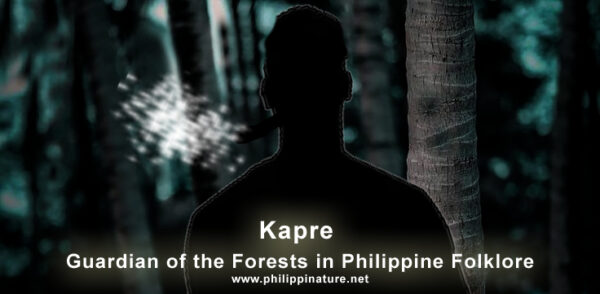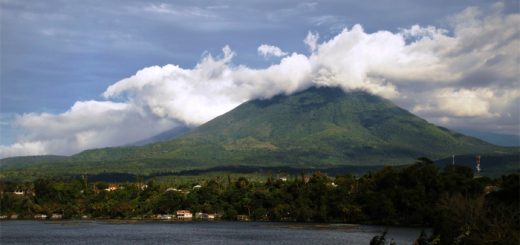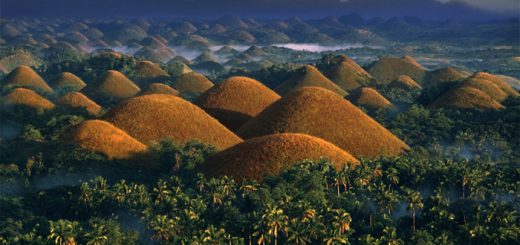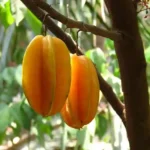The Kapre – Guardian of the Forests in Philippine Folklore

In the rich tapestry of Philippine mythology, few creatures are as captivating as the Kapre. Often portrayed as a towering giant with a deep connection to nature, the Kapre embodies the mysteries and wonders of the Philippine forests. Let’s dive into the legend, characteristics, and cultural significance of this intriguing figure.
What is a Kapre?
The Kapre is described as a large, tree-dwelling creature, usually depicted as a giant man, often standing over seven feet tall. With dark skin, wild hair, and a beard, the Kapre is typically seen lounging on a large tree, particularly a balete or acacia tree. He is often depicted smoking a giant cigar, exuding a distinct, earthy aroma that adds to his mystique.
Kapre Origins and Characteristics
The term “Kapre” is believed to derive from the Arabic word “kafir,” meaning non-believer or infidel, but in Filipino folklore, he has taken on a life of his own. Stories about the Kapre vary by region, but some common traits unite them. He is often portrayed as a protector of the forest, guarding his territory from intruders. Despite his intimidating appearance, the Kapre is not inherently evil; instead, he is more of a misunderstood guardian who can either help or hinder those who cross his path.
The Kapre and the Night
One of the most intriguing aspects of the Kapre is his association with the night. He is said to create an enchanting atmosphere in the woods, where he might lure unsuspecting travelers with his mystique. However, those who wander too close may find themselves lost or disoriented, leading to tales of people encountering the Kapre and never returning home.
The Kapre plays a vital role in Philippine folklore, representing the deep-seated respect for nature and the environment. His character often serves as a reminder of the consequences of deforestation and the importance of preserving natural habitats. In many stories, he is portrayed as a guardian who punishes those who exploit or disrespect the forests, reflecting cultural values surrounding ecological balance.
Additionally, the Kapre embodies the theme of duality—appearing both fearsome and benevolent. This duality encourages a nuanced understanding of nature, where beauty and danger coexist, reminding us to approach the wild with reverence.
Modern Interpretations
In contemporary culture, the Kapre continues to capture the imagination. He appears in various forms of media, from literature to television and film, often reinterpreted to suit modern storytelling. Some adaptations depict him as a misunderstood hero, exploring themes of acceptance and environmental stewardship, while others embrace the traditional tales of terror and mystery.
Social media has also played a role in reviving interest in the Kapre, with many sharing stories and artworks inspired by this legendary figure. The fusion of folklore with modern technology highlights the enduring relevance of the Kapre in today’s world.
The Kapre stands as a testament to the rich folklore of the Philippines, a symbol of nature’s beauty and power. He invites us to explore the depths of our forests and to reflect on our relationship with the environment. Whether seen as a protector or a menacing figure, the Kapre encourages a dialogue about our role in the natural world.
So, the next time you find yourself wandering through a lush forest or beneath a starry sky, take a moment to appreciate the legends that whisper among the trees. Perhaps the Kapre is watching over you, reminding us all to cherish and protect the wonders of nature.
References:
https://en.wikipedia.org/wiki/Kapre










